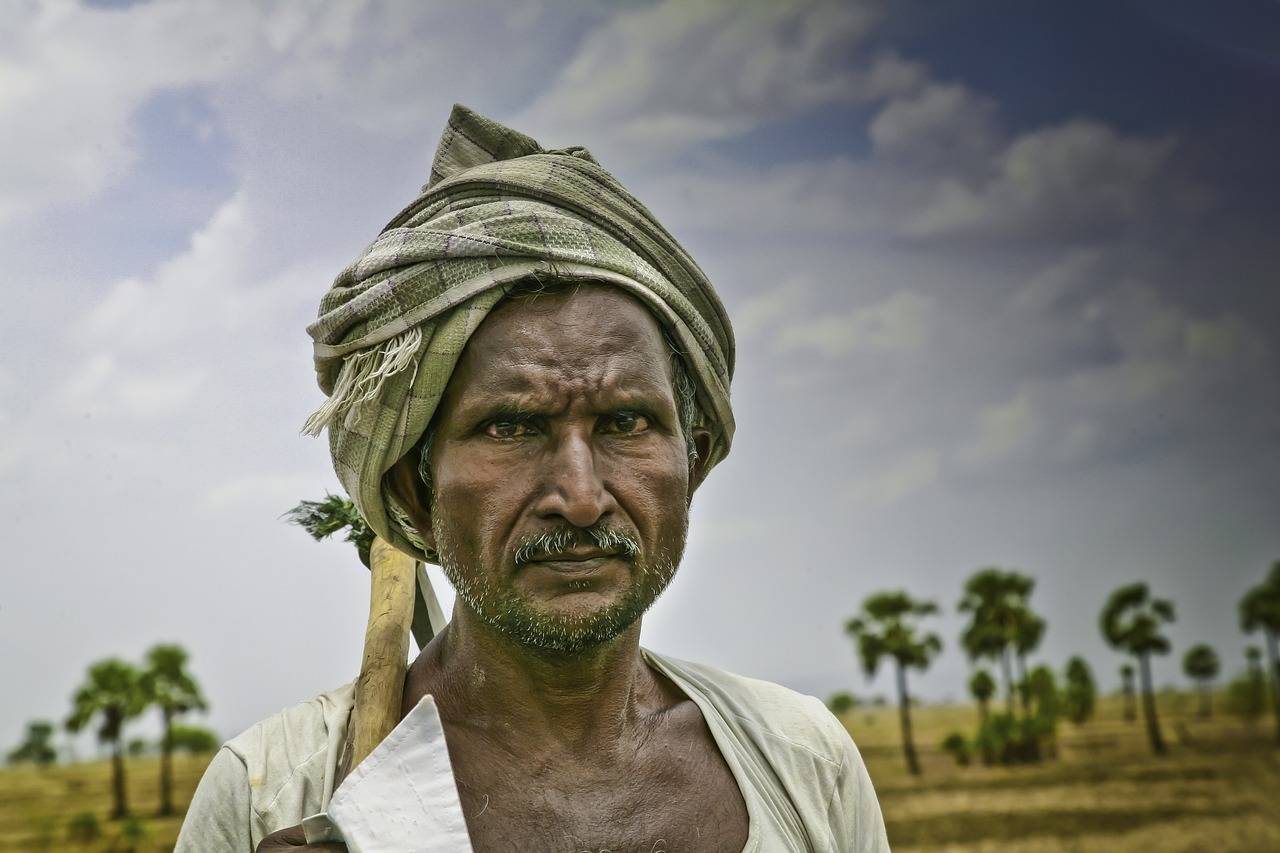
In a recent report released on June 25, 2024, it was revealed that more than 60% of marginal farmers in India have endured significant crop losses over the past five years due to adverse climatic conditions. The study, conducted by the Forum of Enterprises for Equitable Development (FEED) in collaboration with the Development Intelligence Unit (DIU), surveyed 6,615 farmers across 21 states to gather these insights.
The report highlights that extreme weather events, such as excessive or unseasonal rains, prolonged winter conditions, droughts, and floods, have severely affected the agricultural sector. The primary causes of crop damage were identified as drought (41%), irregular rainfall including excessive or non-seasonal rains (32%), and the early withdrawal or late arrival of monsoons (24%).
Nearly 43% of the surveyed farmers reported losing at least half of their standing crops. Particularly, rice, vegetables, and pulses were the most affected by uneven rainfall. In the northern states, paddy fields often remained submerged for over a week, destroying newly planted seedlings.
Marginal farmers, who constitute the largest segment of India’s agricultural sector, own only about 24% of the crop area, with an average per capita holding of 0.38 hectares. The study found a troubling trend: a higher proportion of farmers are losing at least one-third to half of their crops due to extreme weather events over the past five years. Specifically, 50% of paddy farmers and over 40% of wheat farmers consistently lost more than half of their crops, while for other crops, 45-65% of the farmers reported similar losses.
In response to these challenges, two-thirds of the affected marginal farmers have adopted climate-resilient agricultural practices. These strategies include adjusting crop durations, altering sowing times and methods, and implementing improved disease and water management practices. However, 76% of those who adopted these practices faced significant challenges, such as lack of credit facilities, physical resources, limited knowledge, small land holdings, and high upfront costs.
The report also highlighted the inadequacies in the current adaptation strategies. Merely 25% of marginal farmers obtain timely financial financing, and only 30% of them have access to crop insurance. While 21% of marginal farmers have cold storage facilities within 10 kilometers of their village, only 15% have utilized these facilities. Similarly, although 48% have a custom hiring center within the same distance, only 22% have hired equipment from these centers.
The findings underscore the urgent need for improved access to financial credit, crop insurance, and advanced technological resources. Enhanced irrigation facilities and the benefits of Direct Benefit Transfers (DBTs) are crucial in bolstering resilience against climate shocks.
This report serves as a crucial reminder of the vulnerabilities faced by marginal farmers in India and the pressing need for comprehensive support to sustain their livelihoods amid increasing climatic adversities.
















